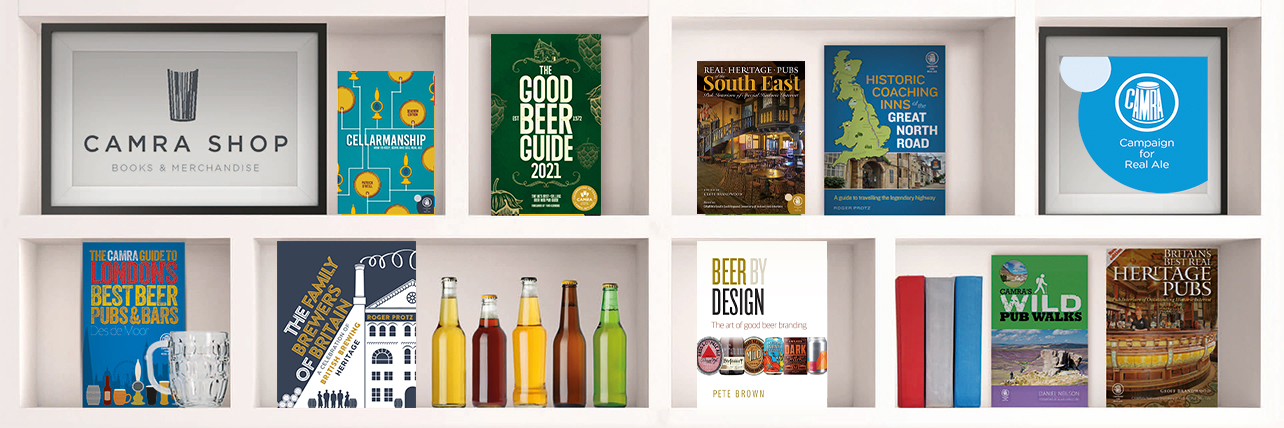Learn & Discover
Learn & Discover
How cider is made: IV
Blending to buying
It’s so easy to enjoy cider and perry it can be easy to forget just how much hard work and magic go into our favourite drinks. With a little knowledge and armed with some fascinating new facts you can start to hone your appreciation of cider and perry to the next level.
In the fourth installment of his series on how cider is made Gabe Cook invites us to join him in exploring the final stage of preparing cider for sale till it reaches our hands.
Beer dispense containers
Sub title goes here – delete if N/A
Lorem ipsum dolor sit amet, consectetur adipiscing elit. Nullam lobortis vel sapien nec faucibus. Morbi consectetur pulvinar lectus, vitae sodales tellus. Sed sagittis aliquam convallis. Duis mollis libero eu massa luctus, id euismod urna fringilla. Aenean condimentum accumsan leo nec eleifend. Maecenas ullamcorper est non justo pulvinar accumsan.
Emma Inch
A CAMRA member since 1997, John is volunteer with a keen interest in the technicalities of beer dispense, a GBBF bar manager, editor of Manchester’s Beer Buzz magazine and sits on CAMRA’s Technical Advisory Group.

Ready to drink?
Cider has now officially been made and is officially ready to drink. Easy, job done, huzzah! Well, not quite. Once again, there’s a lot of factors at play, with a huge degree of differentiation of how that cider is finally presented and the way it is intended to be consumed.
There are five main things to look at:
– the ideology of creating a brand specification or not
– the blending of more than one vessel
– the preparation of a cider ready for the consumer
– the stabilisation of the cider
– the packaging of the cider

Ready to drink?
Cider has now officially been made and is officially ready to drink. Easy, job done, huzzah! Well, not quite. Once again, there’s a lot of factors at play, with a huge degree of differentiation of how that cider is finally presented and the way it is intended to be consumed.
There are five main things to look at:
– the ideology of creating a brand specification or not
– the blending of more than one vessel
– the preparation of a cider ready for the consumer
– the stabilisation of the cider
– the packaging of the cider

“We must start at the fact that cider is made (like a wine) not brewed (like a beer).”
— Gabe Cook
Made not brewed
We must start at the fact that cider is made (like a wine) not brewed (like a beer). There will be differences in the way that cider from the same farm, the same orchard, even the same tree, tastes year on year owing to human and climate factors. How much sun, rain or heat was there? How much pruning was done in the orchard? How much fertiliser (if any) was added to the orchard? The result of these factors, and many more, will be subtle variations, in the total quantity, and the perception, of alcohol, tannin, phenolics, esters and acids levels every year.
Some cider makers wish to make a virtue of this differentiation, to showcase the natural variation that occurs annually, adding to the sense of a natural product and of the cider maker being a custodian of a process that is celebrated and revered. Again, this is akin to how wine is spoken of and presented.
Cider, however, as previously discussed, is mostly presented to the consumer like a beer, and key to this is the development of a consistent brand. As consumers (of all goods – cider, cornflakes, cars etc) most people like to choose products out of a pre-existing knowledge of what the experience will be like, and that the experience was previously enjoyed. Key to this is ensuring that the consumer has the same experience every time.

Made not brewed
We must start at the fact that cider is made (like a wine) not brewed (like a beer). There will be differences in the way that cider from the same farm, the same orchard, even the same tree, tastes year on year owing to human and climate factors. How much sun, rain or heat was there? How much pruning was done in the orchard? How much fertiliser (if any) was added to the orchard? The result of these factors, and many more, will be subtle variations, in the total quantity, and the perception, of alcohol, tannin, phenolics, esters and acids levels every year.
Some cider makers wish to make a virtue of this differentiation, to showcase the natural variation that occurs annually, adding to the sense of a natural product and of the cider maker being a custodian of a process that is celebrated and revered. Again, this is akin to how wine is spoken of and presented.
Cider, however, as previously discussed, is mostly presented to the consumer like a beer, and key to this is the development of a consistent brand. As consumers (of all goods – cider, cornflakes, cars etc) most people like to choose products out of a pre-existing knowledge of what the experience will be like, and that the experience was previously enjoyed. Key to this is ensuring is that the consumer has the same experience every time.
Made not brewed
We must start at the fact that cider is made (like a wine) not brewed (like a beer). There will be differences in the way that cider from the same farm, the same orchard, even the same tree, tastes year on year owing to human and climate factors. How much sun, rain or heat was there? How much pruning was done in the orchard? How much fertiliser (if any) was added to the orchard? The result of these factors, and many more, will be subtle variations, in the total quantity, and the perception, of alcohol, tannin, phenolics, esters and acids levels every year.




